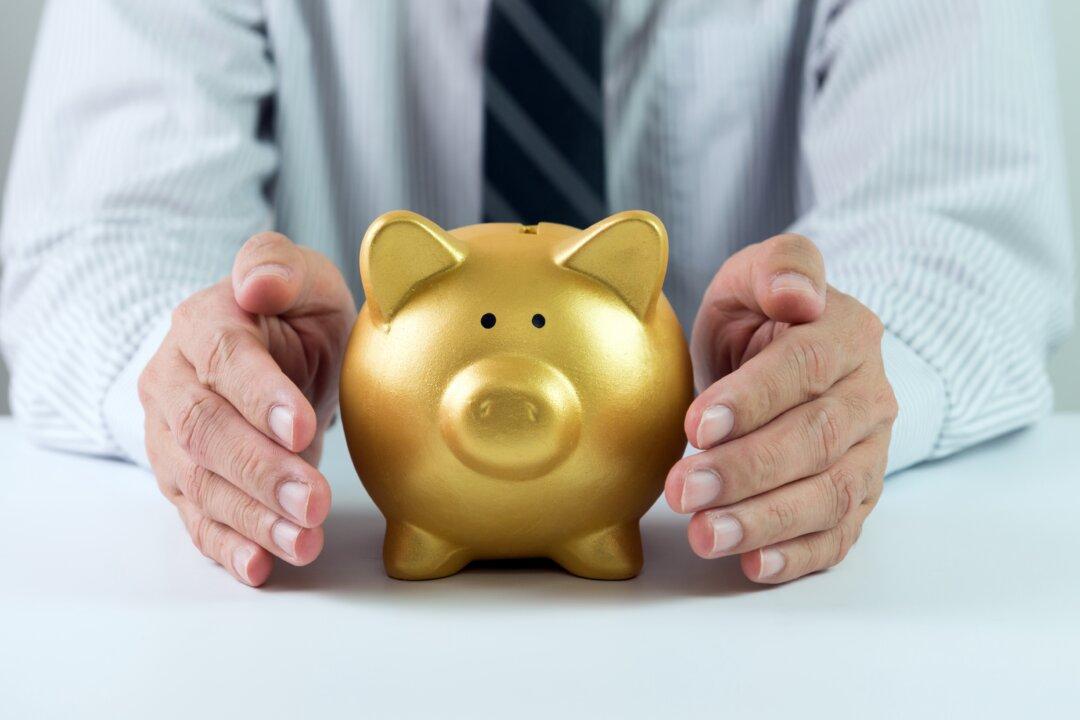Buying a car is a major decision–and a costly one, too. On average, most Americans spend ten percent of their monthly income paying for transportation. For most of us, this expense comes in the form of a monthly car payment. However, if you play your cards right, you can drive out of the dealership with a car that does not break your budget.
Research Your Car and Be Patient
Before you set out for the dealership, or start searching Craigslist, take time to determine the exact type of car you want for your particular lifestyle. The Internet, like so many other things, can provide you a plethora of information on automobiles.Once you decide on a car, and determine your price range, you should do some price analysis. Kelley Blue Book is the go-to source for information on car prices. Once you have closed in on a car that you want and a price range, remain patient as you shop around.
Check multiple dealers or listings, and don’t commit until you find a car that is within the price range you want to pay.

Choose Used over New
This is almost cliché at this point, but you can save a significant amount of money by choosing a used car in good condition over a brand new one. This is especially true if you are choosing an automobile model that has not changed substantially in several years.Buy Your New Car at the End of the Month
If you are going to buy your next car from a dealership, try to plan your purchase time for the end of the month. Most car dealerships operate under some sort of quota system; the sales staff is incentivized to sell a minimum number of cars each month. If a salesman is short on his or her quota, they are more likely going to be willing to offer you a discount on your car purchase to close the deal as the month is winding down.Dealerships themselves are often incentivized to maximize the number of cars they sell each month. If they do not move enough automobiles by month’s end, they may be penalized in the amount of new, popular models shipped to them the following month. So wait until the last four or five days of the month before you go to commit to buying your next car, and you may save a substantial amount of money.

Sell Your Old Car, or Keep Mum on the Trade-In
If you want to get the most money from your current car to support the purchase of your new one, the best bet is to sell it yourself, and put the cash towards a new purchase. Failing to do so, and trading it in instead, will likely cost you hundreds of dollars towards the purchase of your new car.If you don’t have the time or inclination to sell your old car yourself and you plan on doing a trade-in, make sure you do it right. Use the Kelley Blue Book, or get an appraisal to determine what your car is worth.
While negotiating the price of your new car, don’t let the dealership consider a trade-in until you’ve locked in the price of your car. Holding out on the trade-in until after you’ve determined the price of your new car will keep both transactions separate, and help you ensure you get the maximum amount for the trade-in.






